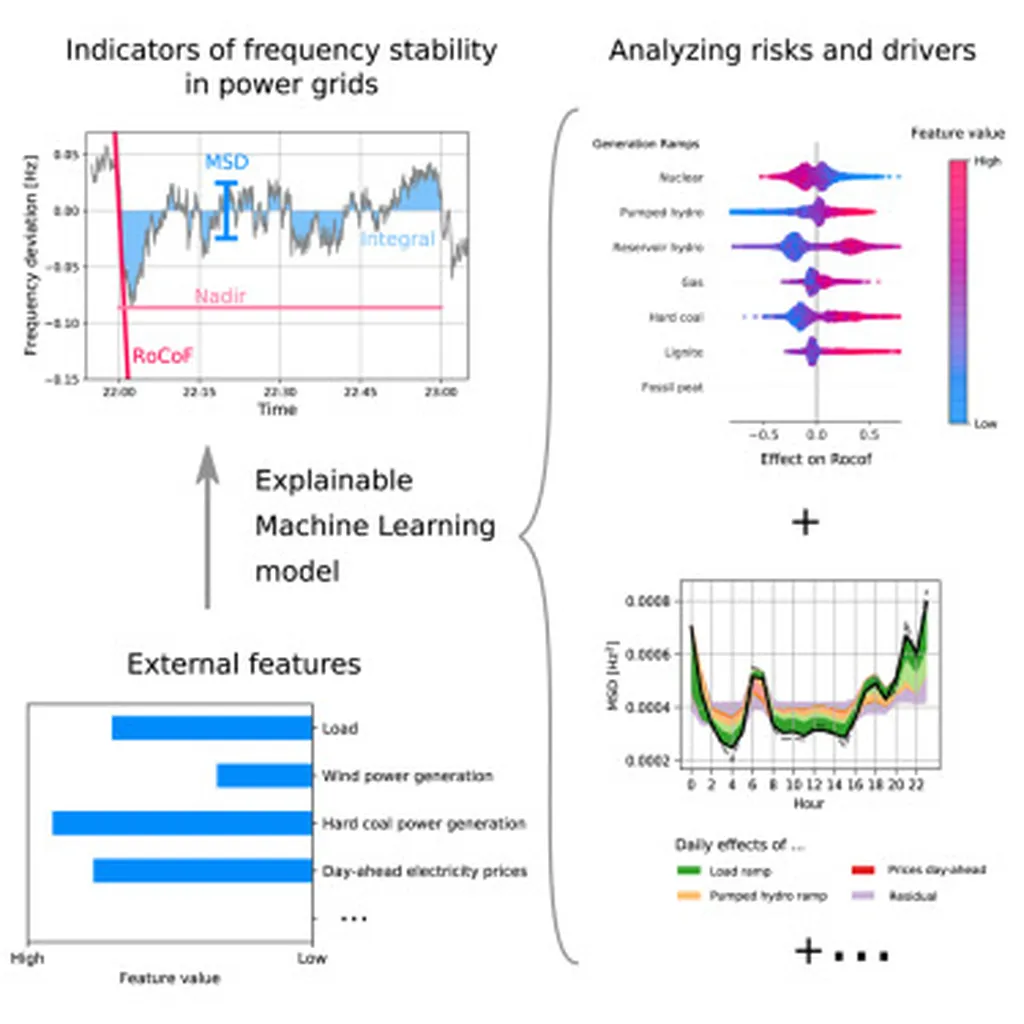In the quest to stabilize power grids, researchers have been exploring innovative ways to emulate inertia, a crucial aspect of grid stability traditionally provided by large, spinning generators. A recent study published in the journal *Energies* offers a fresh perspective on this challenge, pitting two methods against each other: amplified inertia response and synthetic inertia.
At the heart of this research is Martin Fregelius, a researcher from the Division of Electricity at Uppsala University in Sweden. Fregelius and his team have been delving into the nuances of these two approaches, aiming to understand which one holds more promise for different types of power systems.
The study describes a novel approach called “amplified inertia response,” which amplifies the natural inertial response from a grid-connected synchronous machine. This method is contrasted with synthetic inertia, which uses a frequency-locked loop to extract the grid frequency. “The amplified inertia controller avoids the input filtering since it only amplifies the natural inertial response from a synchronous machine,” Fregelius explains. However, he notes that rotor angle oscillations introduce their own set of challenges.
The team conducted experimental comparisons using data from a microgrid and a 55 MVA hydropower generator connected to the Nordic grid. Their findings suggest that amplified inertia might be the better method for smaller power systems with large frequency fluctuations, while synthetic inertia could be more effective in larger power systems.
The implications of this research are significant for the energy sector. As power grids evolve and incorporate more renewable energy sources, the need for effective inertia emulation becomes increasingly critical. “Understanding the strengths and weaknesses of these methods can help us design more stable and resilient power systems,” Fregelius says.
The study, published in *Energies*, provides valuable insights that could shape future developments in grid stability technologies. As the energy sector continues to evolve, such research will be instrumental in ensuring a reliable and stable power supply for all.

